The Creepy Cabinet That Inspired Jekyll and Hyde
How a piece of furniture informed an iconic horror story.
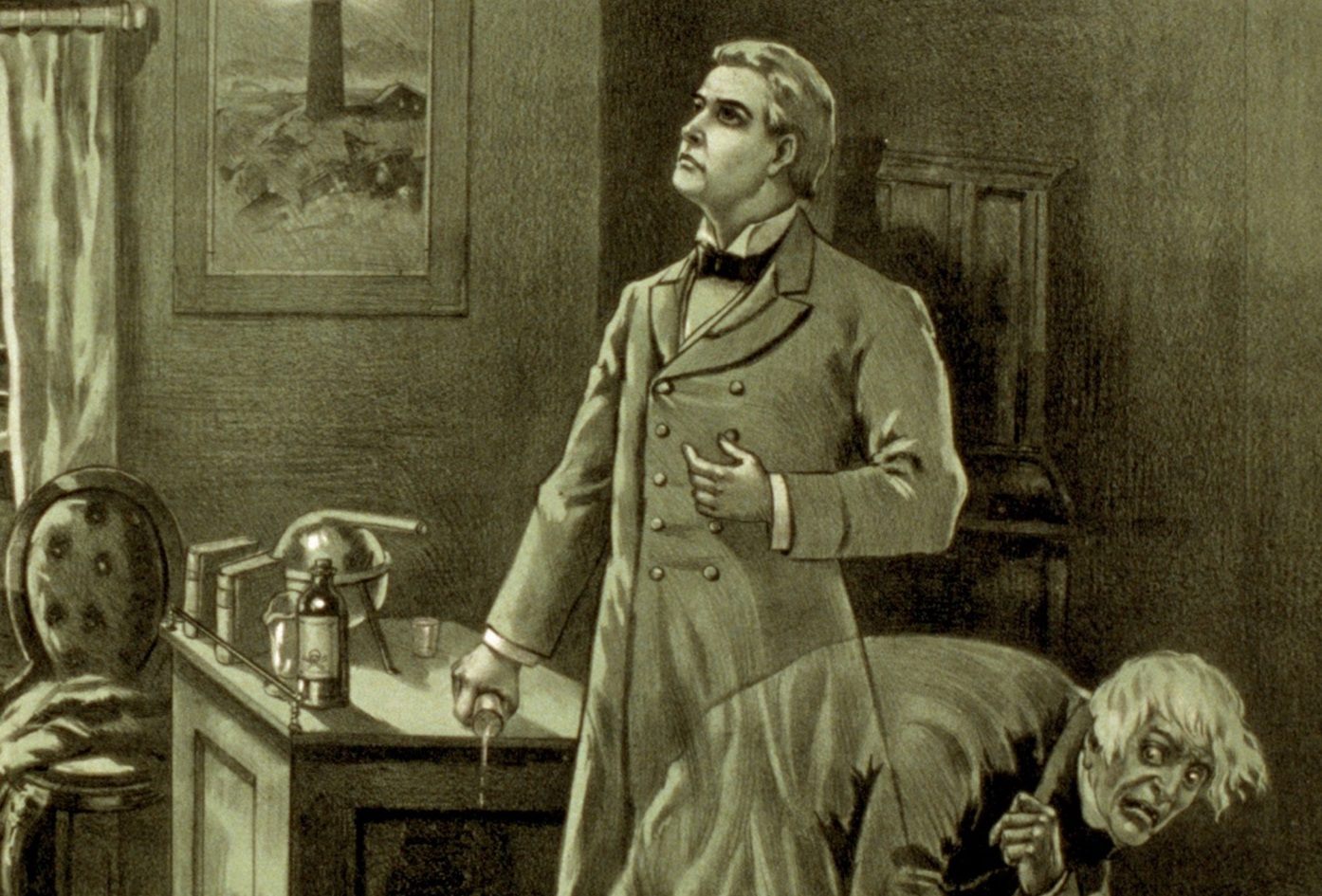
Often enough, inspiration comes from unlikely sources. Sure, it might be an unforgettable event or a true eureka moment, but it could just as easily be something much simpler. In the case of the indelible fictional character of Dr. Jekyll and/or Mr. Hyde, it all started with a simple piece of furniture that sat in author Robert Louis Stevenson’s childhood home.
With all of the countless variations and retellings of the Jekyll and Hyde story over the past century and a half, it’s easy to forget that it originated from a novella by the same author who wrote Treasure Island. Stevenson first published The Strange Case of Dr. Jekyll and Mr. Hyde in 1886. Genial professor Henry Jekyll begins acting suspiciously, while at the same time, brutal crimes begin being committed by the mysterious Edward Hyde. It turns out they are one and the same, transformed by an experimental serum. Eventually, their warring personalities lead to the downfall of both men. It’s a classic story of the conflicting impulses inside us all, but Stevenson is believed to have based his story on some very real people, including the cabinet-maker-by-day-criminal-by-night known as Deacon Brodie.
Deacon Brodie (real name, William Brodie) is today recognizable mainly as the namesake of a handful of pubs in Scotland and the U.S., but in his day, he was a well-respected socialite. Born in Edinburgh, Scotland, in 1741, Brodie made a name for himself as a master cabinet maker. He was such a respectable tradesman that he was made Deacon (hence the name) of the Incorporation of Wrights, essentially president of the woodworking guild. This position not only gave him a seat on the city council, but an air of being morally beyond reproach. As it turned out though, well-made cabinets were not the only things going on in his workshop.
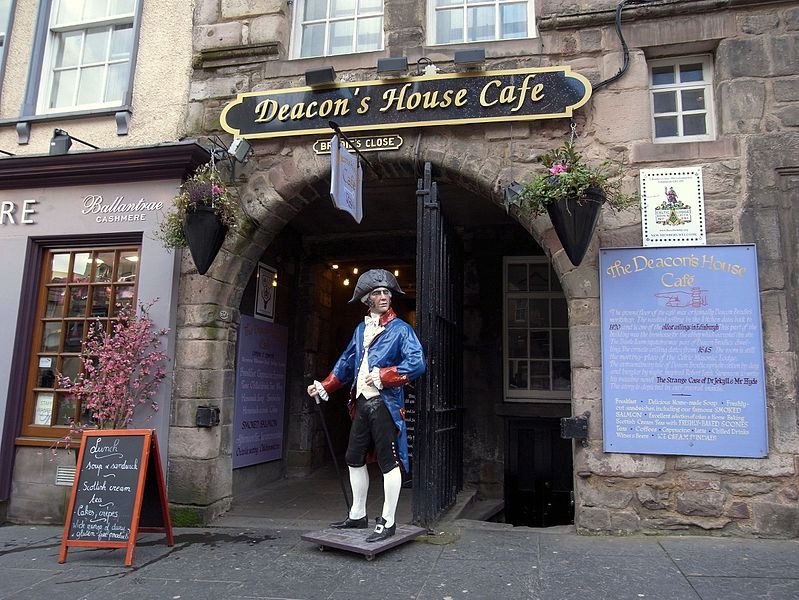
Brodie was also a trusted locksmith, and was given keys to the homes of many members of Edinburgh society, so that he could work while they weren’t around. This gave him access to a number of wealthy homes, which for Brodie was just too good an opportunity to pass up. He would make wax impressions of his clients’ keys, and then create replica keys so that he could sneak back in the night and rob them. He would dress in black clothing and sneak in under cover of darkness, leaving no trace of his entry, and baffling his victims.
His crime spree was just the beginning of his secret double life. Brodie, who was known for being prim and well-kept in appearance, also maintained a healthy gambling habit involving cock-fighting and trick dice, which he financed with stolen goods. In addition, he also kept two mistresses, neither aware of the other, with whom he fathered five children. In many ways, he was, well, a classic Jekyll and Hyde type.
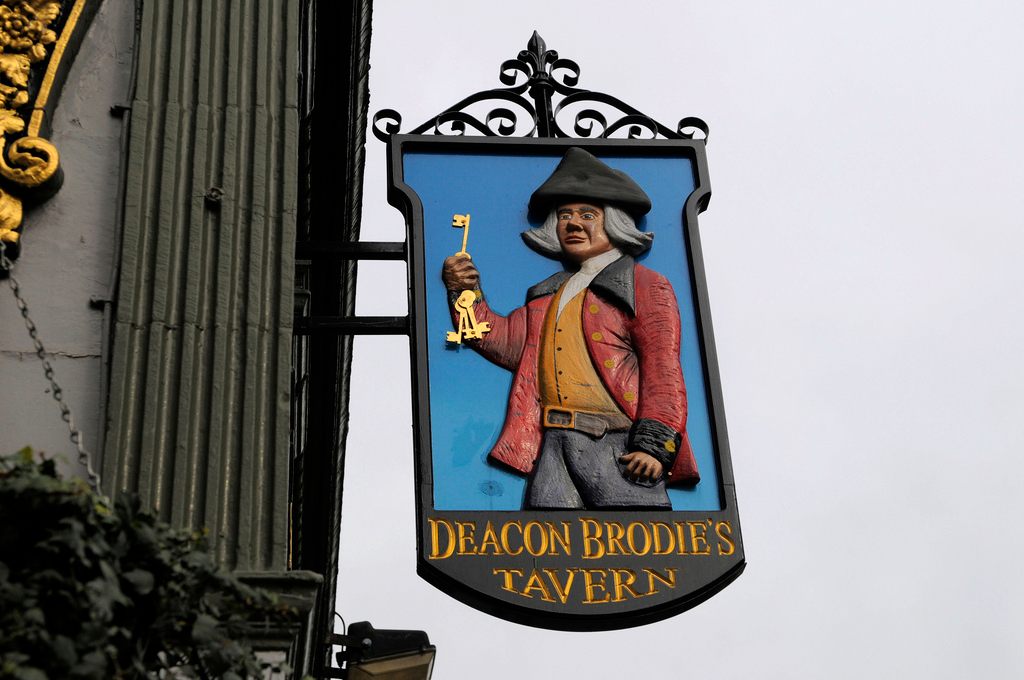
Brodie’s double life came to an end in 1788, after he attempted to orchestrate an armed robbery of Edinburgh’s Excise Office. After the failed attempt, two of his accomplices got pinched, and quickly gave him up as the mastermind. Shortly thereafter, he was arrested in Amsterdam and returned to Edinburgh for trial. Brodie was found guilty of the attempted robbery, and on October 1, 1788, he was hanged on a gibbet that some believe he’d actually built during his time as a respectable craftsman. As evidenced by the 40,000 people who were witness to his execution (and the pubs that still bear his name), Brodie became a legend in and around Edinburgh, which brings us back to Stevenson, who seemed to be affected by the duplicitous carpenter’s legacy more than most.
Stevenson grew up in the New Town area of Edinburgh, his childhood bedroom on the second floor of the family home. His room was also home to a large double-doored, mahogany veneer cabinet that stood at the foot of his bed, which had been made by none other than Deacon Brodie.
In Rick Wilson’s book, The Man Who Was Jekyll and Hyde: The Lives and Crimes of Deacon Brodie, the author shares an interview with Stevenson in which he discussed how the origins of Jekyll and Hyde came to him in a dream, and how Brodie’s cabinet might have affected the story’s genesis. “For instance, all I dreamed about Jekyll was that one man was being pressed into a cabinet when he swallowed a drug and changed into another being,” Stevenson said. When pressed by the reporter as to whether the dream was inspired by Brodie, Stevenson admitted the connection, but was somewhat vague about any direct inspiration, saying, “I certainly didn’t dream that but in the room in which I slept as a child in Edinburgh there was a cabinet—and a very pretty piece of work it was too—from the hands of the original Deacon Brodie.” While he never directly attributes the story of Jekyll and Hyde to Brodie, certainly the looming cabinet in Stevenson’s room, and the legacy of its maker, left a mark on the young author.
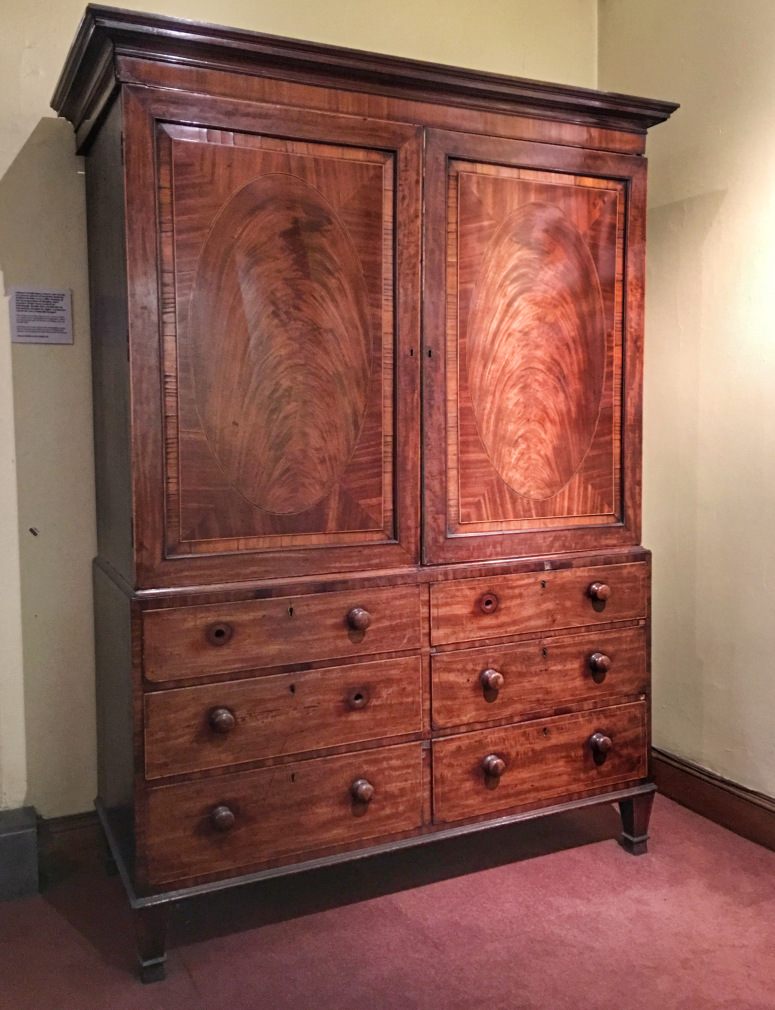
The interview also mentions a play about Brodie’s life that Stevenson (with his colleague W.E. Henley) authored years before the release of the Jekyll and Hyde novella, called Deacon Brodie, or The Double Life. This version of Brodie’s story was performed, but was unsuccessful, and largely forgotten, yet it lends further credence to the idea that Brodie’s life shaped the author’s thinking.
Today, the Brodie cabinet that once sat in Stevenson’s bedroom is kept in the Edinburgh Writer’s Museum, one of only two remaining pieces thought to have been built by Brodie. It’s a fairly simple piece of furniture, lacking any ostentatious or ominous ornamentation. And it managed to help birth one of the most unforgettable horror characters of all time.



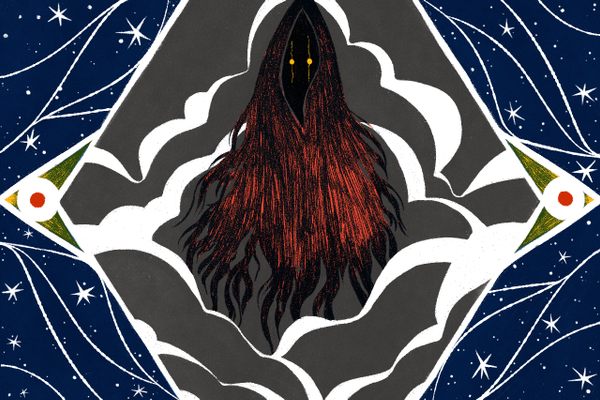







Follow us on Twitter to get the latest on the world's hidden wonders.
Like us on Facebook to get the latest on the world's hidden wonders.
Follow us on Twitter Like us on Facebook